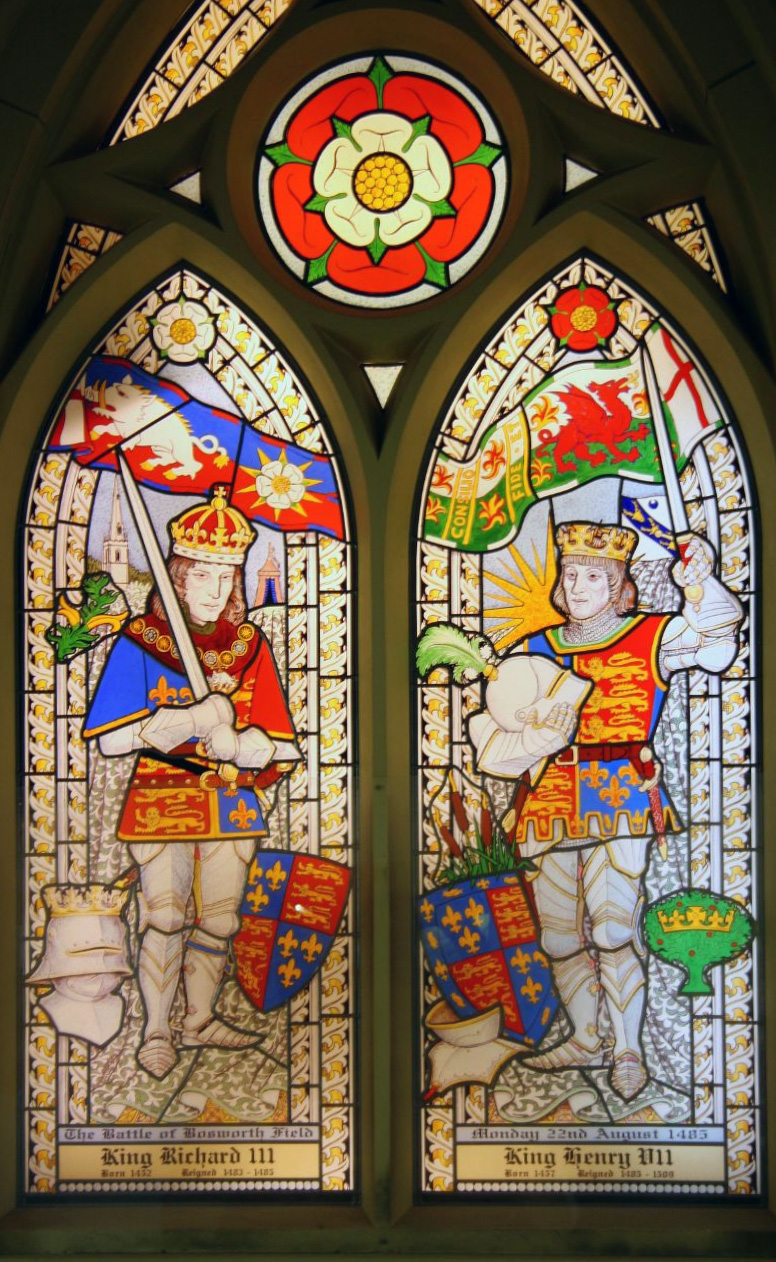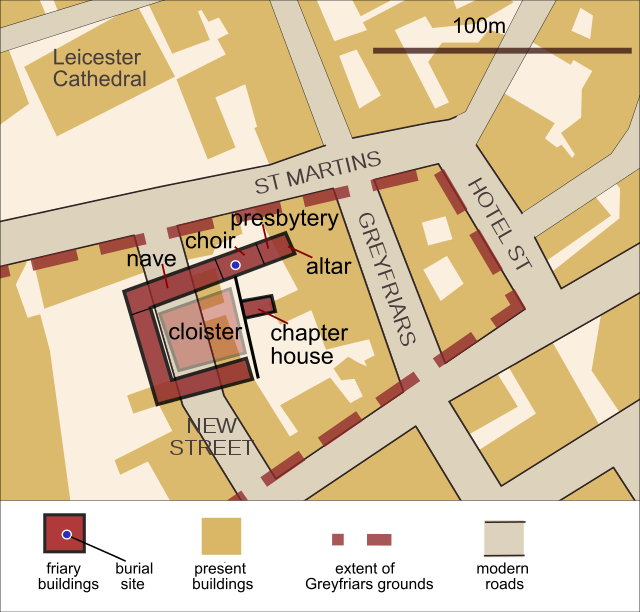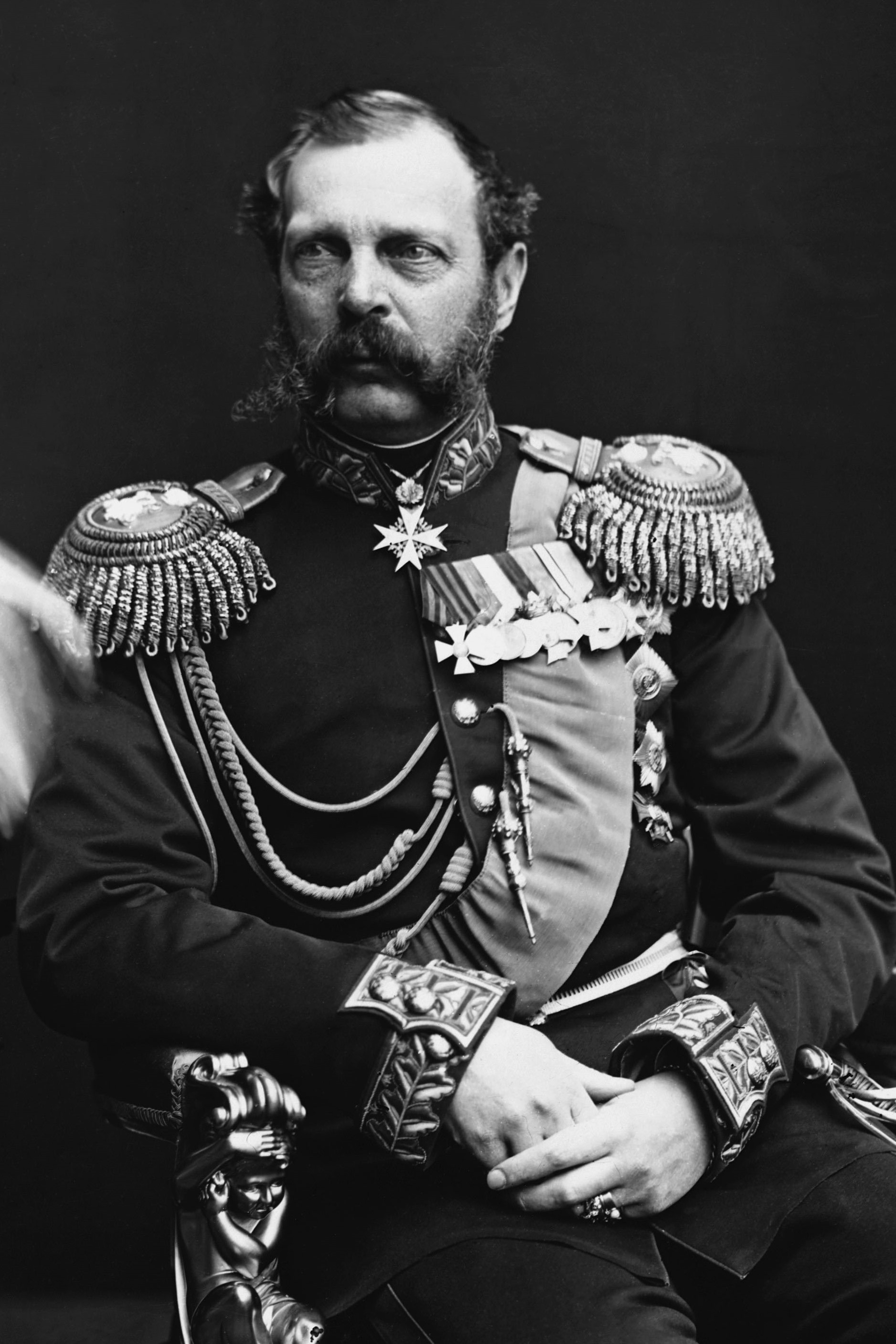by Susan Flantzer
© Unofficial Royalty 2017
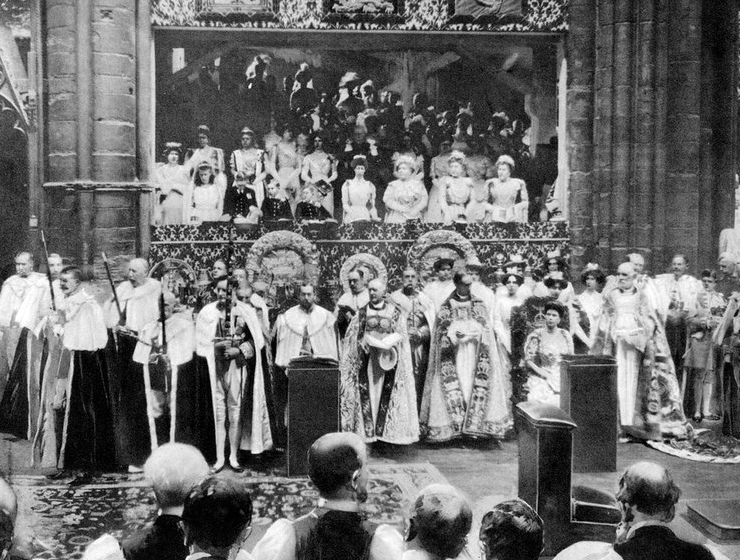
King George V and Queen Mary seated on the Chairs of Estate in front of the royal box at their coronation in 1911. It was the first time any part of the service had been photographed; Photo Credit – Wikipedia
- Read more about what happens When the British Monarch Dies.
After a period of mourning, the new monarch is usually consecrated and crowned in Westminster Abbey. Normally, the Archbishop of Canterbury officiates, although the monarch may designate any other bishop of the Church of England. A coronation is not necessary for a monarch to reign. King Edward VIII was never crowned, yet during his short reign was the undoubted king. The length of time between accession and coronation varies. Below are the dates for accessions and coronations since Queen Victoria.
- Queen Victoria: Accession – June 20, 1837; Coronation – June 28, 1838
- King Edward VII: Accession – June 22, 1901; Coronation – August 9, 1902 (Coronation was scheduled for June 26, 1902, but was postponed because the king had an appendectomy on June 24, 1902.)
- King George V: Accession – May 6, 1910; Coronation – June 22, 1911
- King Edward VIII: Accession – January 20, 1936; No coronation, but it had been scheduled for May 12, 1937
- King George VI: Accession – December 11, 1936; Coronation – May 12, 1937 (Preparations had been underway for Edward VIII’s coronation, so the date and the preparations were passed on the George VI)
- Queen Elizabeth II: Accession – February 6, 1952; Coronation – June 2, 1953
- King Charles III: Accession – September 8, 2022; Coronation – May 6, 2023
The United Kingdom is the only European kingdom that still has coronations. The other kingdoms that still crown their rulers are Bhutan, Brunei, Cambodia, Lesotho, Swaziland, Thailand, and Tonga.
Practices in other European kingdoms:
- Belgium: The monarch’s formal installation requires only a solemn oath on the constitution in parliament symbolizing the limited power allowed to the monarch under the 1831 Constitution. Belgium has no crown or regalia.
- Denmark: Coronation was abolished with the introduction of the Danish Constitution in 1849. The public announcement of a monarch’s accession is made from the balcony of Christiansborg Palace, with the new monarch being acclaimed by her Prime Minister. The crown of Denmark is only displayed at the monarch’s funeral when it lies on top of the coffin.
- Liechtenstein: Traditionally, the Sovereign Prince attends a mass celebrated by the Archbishop of Vaduz, followed by a choral display.
- Luxembourg: The Grand Duke or Grand Duchess of Luxembourg is enthroned at a ceremony held in the nation’s parliament. The Grand Duke of Grand Duchess takes an oath of loyalty to the state constitution and then attends a solemn mass at the Notre-Dame Cathedral. Luxembourg has no crown or regalia.
- Monaco: The Sovereign Prince or Sovereign Princess attends a special investiture ceremony, consisting of a festive mass in Saint Nicholas Cathedral, followed by a reception where the new Sovereign Prince or Sovereign Princess meets his people. Monaco has no crown or regalia.
- The Netherlands: The Dutch monarch is sworn in and inaugurated in Amsterdam at a public joint session of the two houses of the States-General held at the Nieuwe Kerk. The crown, orb, sword of state, and scepter are placed on cushions surrounded by a copy of the Dutch constitution. During the ceremony, the monarch is seated on a throne opposite the crown, regalia, and constitution as he or she takes his formal oath to uphold the kingdom’s fundamental law and protect the country with everything within his or her power. After the monarch has taken the oath, all members of the States-General pay homage to the new monarch by taking an oath of loyalty to him or her.
- Norway: The Norwegian constitution of 1814 required the Norwegian monarch to be crowned, but this requirement was repealed in 1908. Since then, the monarch has only been required to take a formal accession oath in the Council of State and then in the Storting (parliament). King Olav V, desired a religious ceremony to mark his accession to the throne in 1957, and so he instituted a ceremony of royal consecration. This consecration took place again in 1991 when King Harald V and Queen Sonja were similarly consecrated. Both consecrations were held where the coronation rite had formerly taken place, Nidaros Cathedral in Trondheim.
- Spain: The Spanish monarch appears at the Cortes (parliament), where he or she takes a formal oath to uphold the constitution. The crown is at the ceremony, but it is never placed on the monarch’s head.
- Sweden: The coronation rite was last used to crown King Oscar II in 1873. Subsequent monarchs of Sweden chose not to be crowned, but there is no law preventing a coronation. The current monarch King Carl XVI Gustaf, during a meeting of the cabinet, took the then-required royal assurance (in Swedish Konungaförsäkran) to fulfill the duties associated with the office and not exceed them. The Riksdag Act of 1974 no longer requires that the monarch take the royal assurance, but says the monarch “can” take the royal assurance before the Riksdag (parliament). After King Carl XVI Gustaf took the royal assurance, he was enthroned in a simple ceremony in the throne room of the Royal Palace in Stockholm. The crown jewels were displayed on cushions to the right and left of the throne but were never given to the king. From the throne, King Carl Gustaf made an accession speech.
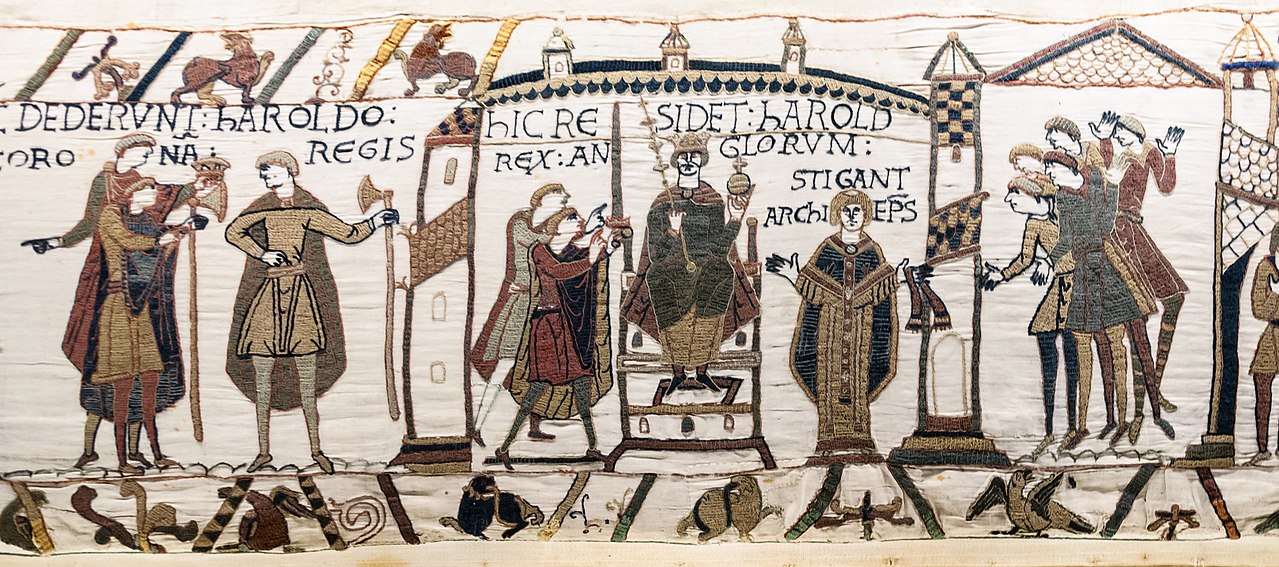
Coronation of King Harold II at Westminster Abbey in 1066 from the Bayeaux Tapestry; Credit – Wikipedia
The main elements of the coronation service and the earliest form of the oaths taken can be traced to the ceremony devised by Saint Dunstan for the coronation of Edgar the Peaceful, King of the English in 973 AD at Bath Abbey. For the order of service for the most recent coronation, see An Anglican Liturgical Library: Form and Order of the Service of the Coronation of Her Majesty Queen Elizabeth II.
For more information about coronations, see Unofficial Royalty: British Coronations.
This article is the intellectual property of Unofficial Royalty and is NOT TO BE COPIED, EDITED, OR POSTED IN ANY FORM ON ANOTHER WEBSITE under any circumstances. It is permissible to use a link that directs to Unofficial Royalty.













